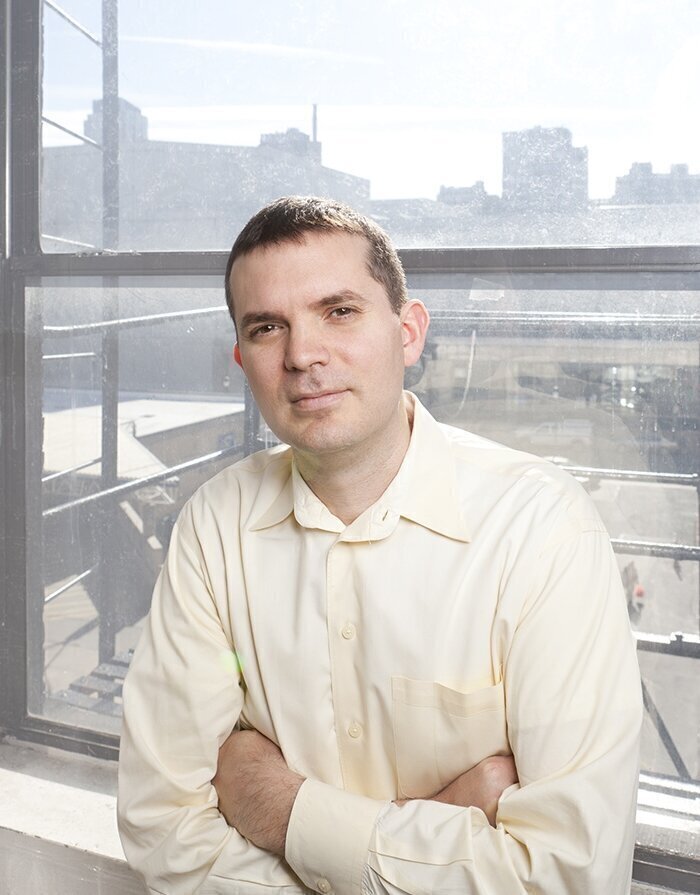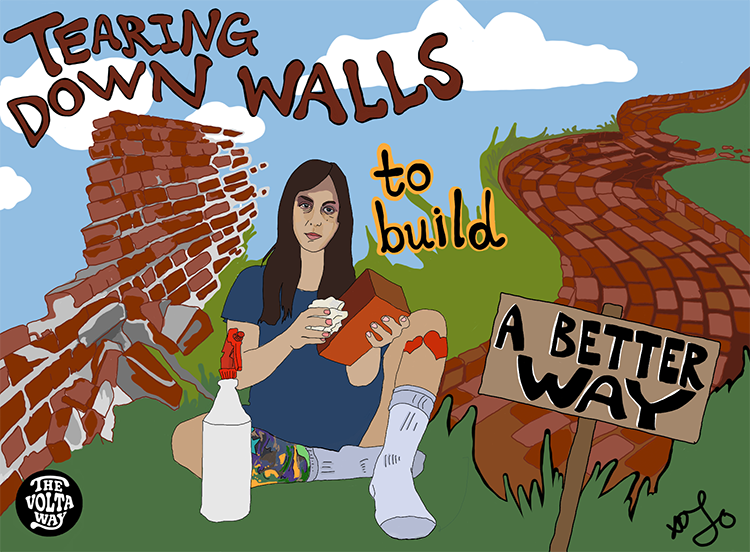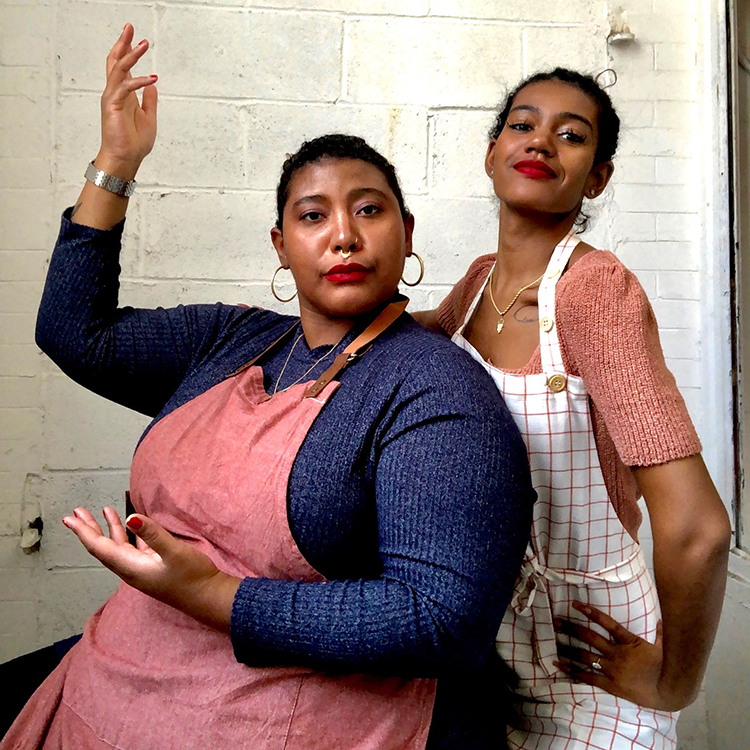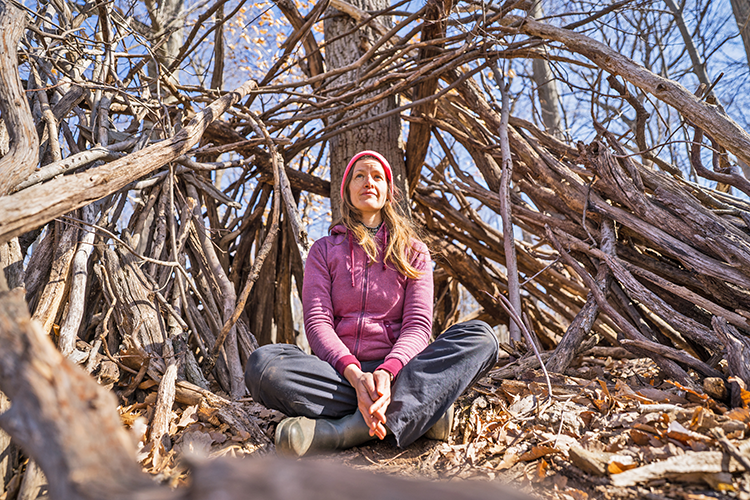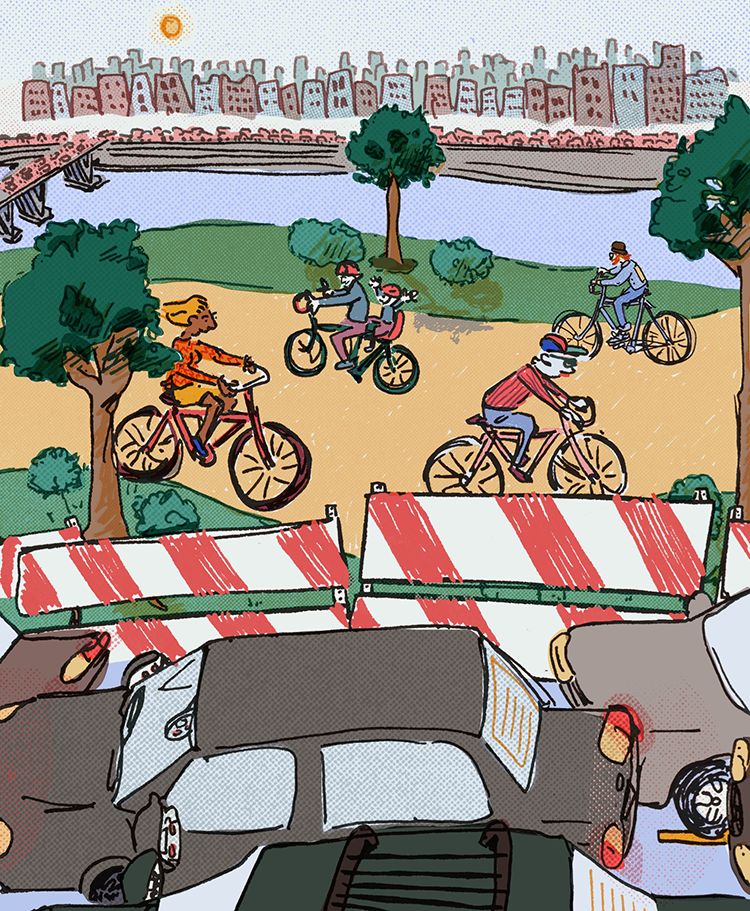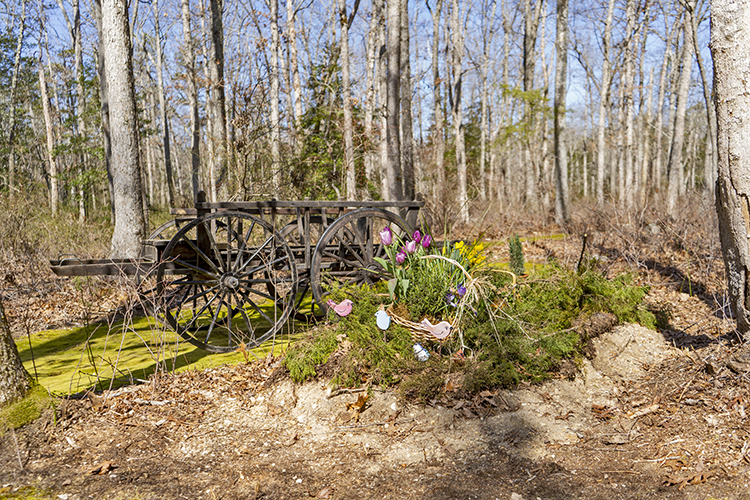I love food.
I feel like I need to say that because last month we did a vegan issue and I wrote a diatribe about Facebook’s failure to recognize that they are publishers, and how they shirk their responsibilities to society. Since publication, I’ve tried Vannah Banana’s vegan ice cream and it is delicious.
This month we profile two local businesses, Philly Foodworks and Primal Supply Meats, that are models of what the local food supply chain should be. They both rose to the occasion when the community needed more food. I have been a customer of both, and the products they deliver are uniformly outstanding.
But instead of waxing poetic about the quality of their food, or even about the important work they do building local supply chains, I want to talk about something else: death, or more specifically, cemeteries.
My grandfather, Pop Mulhern, was the superintendent of St. Mary’s Cemetery in Wilkes-Barre, where I was born and raised. My Mom and her siblings lived in a house on the cemetery grounds for a number of years, and my grandparents lived there until I was ten.
When I was very young, I lived at the cemetery in a trailer, a temporary shelter that the federal government supplied to people who had lost everything due to Hurricane Agnes and the flooding of the Susquehanna River.
I have very fond memories of time spent at the cemetery. It was a great, expansive place to run around, to play hide-and-seek. There was an apple tree outside the big house, and I remember bringing in apples for my Gram to make apple pie. I have dozens of cousins on my Mom’s side, and when, on those special occasions when all the far-flung relatives visited, playing at the cemetery was epic. On a dark night, cousin Matt, a gifted storyteller, scared everyone with his tale of Sickle Man, sending screaming cousins in all directions.
(I have a few not-so-fond memories, too. Like the time when, despite my wise sister’s warning, I decided to pet a bee. Another time, Seamus the sheepdog chased after me like a lamb straying from the flock, and I fell hard on concrete.)
Over the decades that have passed, I’ve gone back to the cemetery as members of my family have been buried there. Much has changed. The house is gone. The apple tree is gone. My Gram and Pop are gone.
What is most striking to me is that the open areas are far less open than they used to be. There are a lot more tombstones than in 1980. It’s starting to look crowded.
On my most recent visit, this time for my father’s burial, it really hit me. Nevermind the formaldehyde seeping into our groundwater, the carbon emissions of concrete and cremation, or as Andrew Smith, environmental philosophy professor at Drexel, pointed out to me, the cost of depriving our soil of the nutrients our decaying bodies would provide. Surveying the more densely packed cemetery, it’s a land usage issue. There simply isn’t enough space for a tombstone for everyone, ad infinitum.
I have said that, upon my demise, I’d like to be put into a Bennett Compost bucket. (They do Christmas trees, after all.) Just a joke to deflect an uncomfortable truth we all have to face, and that truth is, we are all going to die.
Many people reading this magazine go to great lengths to live sustainably. Let this issue serve as a reminder to die sustainably, too.
Alex Mulcahy
Editor-in-Chief
alex@gridphilly.com


